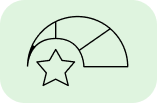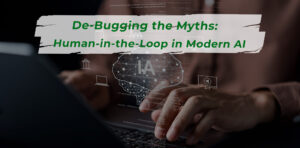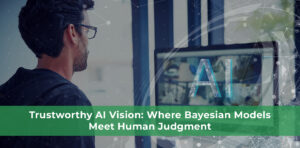
Amplify the power of AI:
One solution at a time
Our Services
Trust and Safety
Fostering online trust with safety, identity verification, and content moderation.
Computer Vision
Delivering AI-powered solutions with human feedback for exceptional accuracy.
Catalog Management
Driving catalog enrichment, seller onboarding, logistics, and exceptional customer experiences.
Why choose us

10+
Fortune 500 Clients

40+
Live Projects

1B+
Data Transactions

73
NPS Score

5000+
Skilled
Employees
Explore Resources
Know how we are accelerating business growth by enabling effectiveness in AI/ML


Human-in-the-Loop
The Human Edge in Probabilistic AI-How NextWealth Enables Trustworthy Vision
1 min read
Latest Update

